Conservation efforts across America’s natural treasures face increasing challenges—from budget constraints to climate impacts and record visitor numbers. Yet within these challenges lies an opportunity for travelers to experience these magnificent places in a deeper, more meaningful way than traditional tourism allows.
Volunteering in parks combines the satisfaction of giving back with unparalleled access to America’s most stunning landscapes. You won’t find these experiences in standard travel brochures.
Here is a list of 15 volunteer vacation opportunities where you can swap tourist crowds for purpose-driven adventures while helping preserve our national parks for future generations.
Grand Canyon Trail Restoration
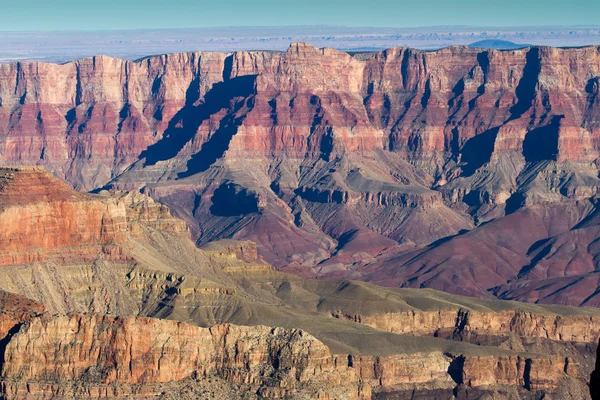
The iconic South Rim trails endure punishing conditions—extreme temperature fluctuations, monsoon rains, and over six million footsteps annually that take their toll on the pathways leading into this natural wonder. Volunteers spend mornings repairing water bars, stabilizing trail edges, and clearing drainages alongside professional trail crews.
Afternoons often include ranger-led hikes to viewpoints closed to general visitors, providing perspectives of the canyon few tourists ever witness. Evening programs at the historic Bright Angel Lodge offer insights into the geology and cultural history of the region.
Participants camp at a designated volunteer site within the park, allowing for sunrise and sunset views without fighting the usual crowds.
Everglades Invasive Species Removal

Florida’s river of grass faces an ecological crisis from exotic plants and animals crowding out native species in this delicate ecosystem. Volunteers wade through wetlands, removing Brazilian pepper trees, air potato vines, and other aggressive invaders that threaten the natural balance of the Everglades.
Teams work in areas typically closed to visitors, providing opportunities to spot rare wildlife like the elusive Florida panther or endangered Cape Sable seaside sparrow. Park biologists train participants in species identification and removal techniques—skills increasingly valuable in conservation work nationwide.
Accommodation options include historic Civilian Conservation Corps cabins, offering rustic comfort within the park boundaries.
Like Travel Pug’s content? Follow us on MSN.
Yellowstone Wolf Research
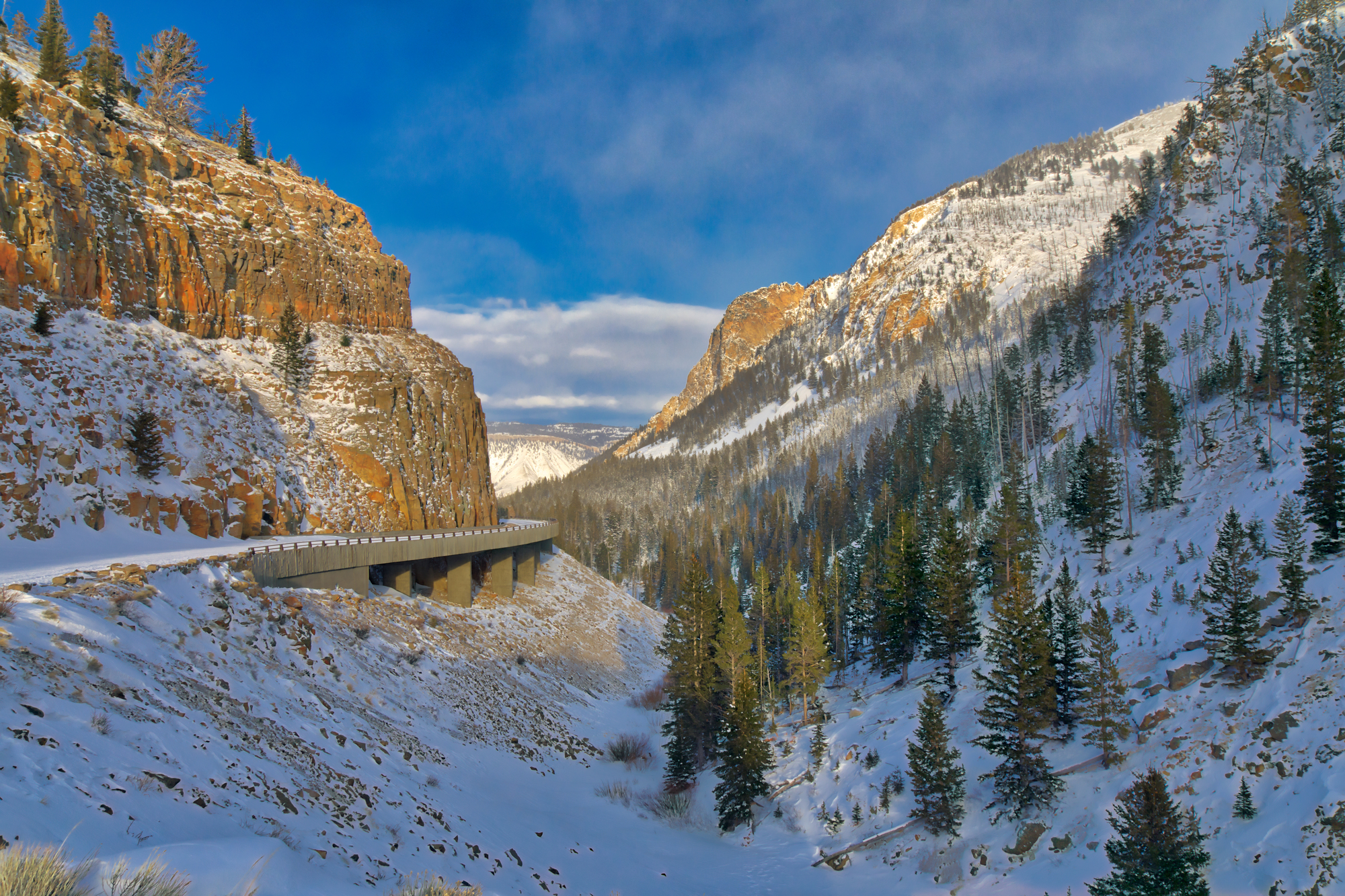
America’s first national park offers citizens a chance to assist biologists with the ongoing study of wolf reintroduction and its ecological impacts. Volunteers track wolf packs through the Lamar Valley—known as America’s Serengeti—recording behavioral observations and collecting scat samples for DNA analysis.
Early mornings and evenings spent scanning the landscape with spotting scopes often yield sightings impossible during typical midday visits. Participants learn wildlife monitoring techniques while contributing to one of the most successful predator reintroduction programs in conservation history.
The volunteer bunkhouse near Roosevelt Lodge provides simple accommodation in an area rich with wildlife activity throughout the night.
Channel Islands Habitat Restoration

Just off California’s coast yet worlds away from mainland development, these islands serve as living laboratories for ecological restoration. Volunteers boat to remote Santa Cruz or Santa Rosa islands to remove non-native plants introduced by ranchers over a century ago, making space for endemic species found nowhere else on Earth.
Work sessions might involve collecting native seeds, growing island-specific plants in nurseries, or installing erosion control measures on fragile coastal slopes. Days end with beach campfires and night skies untainted by light pollution—the Milky Way spreads overhead in stunning clarity.
Camping on the islands provides an immersive experience in these “Galapagos of North America” without the typical day-tripper limitations.
Acadia Carriage Road Maintenance
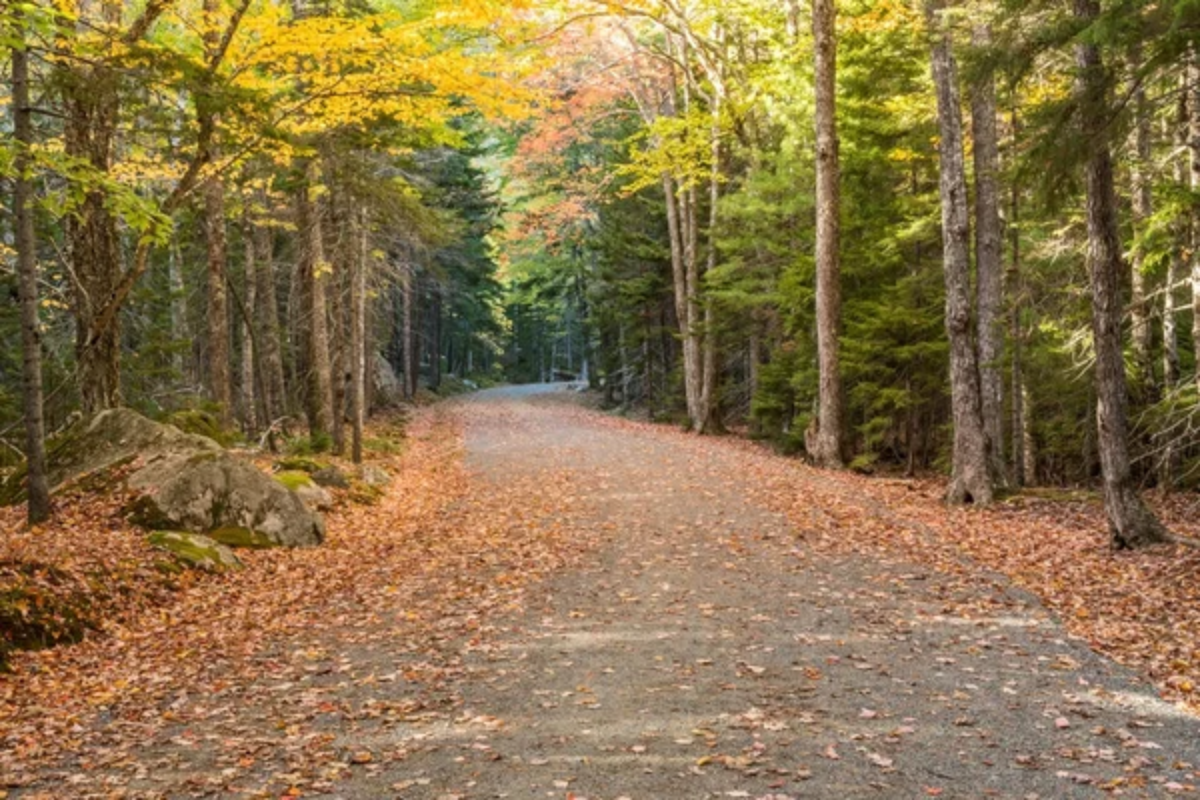
The historic carriage roads of this Maine coastal park—a gift from John D. Rockefeller Jr.—require constant attention to maintain their 19th-century character and functionality. Volunteers clear drainage ditches, reset cobblestones and remove encroaching vegetation along the 45-mile network of crushed stone pathways.
Teams work alongside master craftsmen who share traditional stoneworking techniques unchanged since the roads’ original construction. Breaks often include visits to viewpoints overlooking the rugged Atlantic coastline or forest-rimmed lakes within the park.
Participants typically stay at the park’s volunteer campground on the quiet western side of Mount Desert Island, away from Bar Harbor’s tourist crowds.
Like Travel Pug’s content? Follow us on MSN.
Arches Dark Sky Preservation
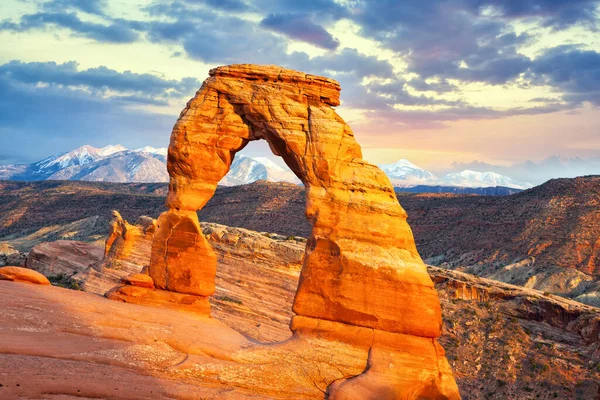
Utah’s dramatic desert landscape offers some of America’s clearest night skies—a resource increasingly threatened by light pollution nationwide. Volunteers assist park astronomers in measuring night sky quality, documenting celestial events, and educating visitors about responsible lighting practices that preserve this natural resource.
Daytime activities include maintaining solar-powered pathway lights, installing dark-sky-friendly fixtures, and creating educational materials about astronomical features visible within the park. Evening programs offer guided stargazing beneath the Milky Way, arching over iconic rock formations like Delicate Arch.
Housing in vacant seasonal staff quarters provides a rare opportunity to experience the park after day visitors depart.
Great Smoky Mountains Historic Preservation

America’s most visited national park contains the largest collection of historic log structures in the East—cabins, barns, churches, and schools that tell the story of Appalachian life before the park’s establishment. Volunteers work with preservation specialists to replace rotted logs, repoint chimneys with period-correct mortar, and document artifacts found during restoration.
Participants learn traditional tools and techniques, including hewing logs with broadaxes and mixing lime putty from locally harvested materials. Work sites in remote areas of the park offer glimpses of black bears, elk, and other wildlife rarely seen near busy visitor centers.
Accommodation in restored CCC camps connects volunteers with the conservation legacy stretching back to the 1930s.
Olympic Coast Cleanup

Washington’s wilderness coastline collects marine debris from across the Pacific—everything from everyday plastic bottles to lost fishing gear and tsunami remnants from Japan. Volunteers hike to remote beaches inaccessible by road, camping overnight to collect and document trash that threatens seabirds, marine mammals, and coastal ecology.
Work sessions coincide with extremely low tides, allowing access to tide pools that are normally underwater and contain some of North America’s most diverse marine ecosystems. Evening programs often include traditional stories from local tribal members whose ancestors have lived along this coastline for thousands of years.
The primitive beach camping experience—with permission to stay in normally restricted areas—offers sunsets and storm-watching opportunities beyond typical visitor experiences.
Like Travel Pug’s content? Follow us on MSN.
Shenandoah Butterfly Monitoring
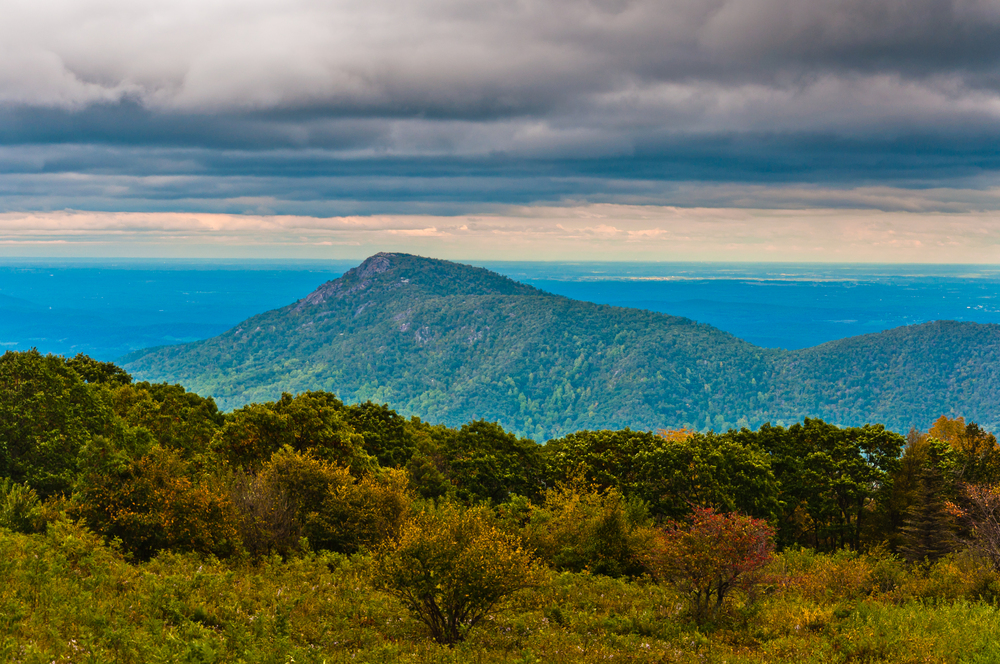
Virginia’s mountain sanctuary harbors remarkable butterfly diversity, with species that serve as crucial indicators of ecosystem health and climate change impacts. Volunteers hike designated transects through meadows and forest edges, identifying and counting butterfly species alongside entomologists studying population trends.
Participants learn field identification skills, butterfly life cycles, and host plant relationships through hands-on experience in areas ranging from regenerating burn sites to ancient mountain meadows. The program includes macro photography workshops to document species for both scientific records and personal enjoyment.
Housing in historic Skyland Resort places volunteers near dawn butterfly activity while enjoying surprisingly comfortable accommodations for a volunteer experience.
Denali Citizen Science

Alaska’s premier wilderness park engages volunteers in monitoring how climate change affects subarctic ecosystems across its six million acres. Participants photograph established plots to document vegetation changes, record wildlife sightings in understudied areas, and collect weather data from remote weather stations.
Transportation deep into the park—far beyond where regular shuttle buses travel—provides unprecedented access to landscapes few visitors ever witness. Training includes wilderness safety, radio communications, and research protocols currently employed in climate studies.
Housing at the Murie Science and Learning Center offers comfortable accommodation with immediate access to trails and research areas normally closed to general visitation.
Mesa Verde Archaeological Preservation
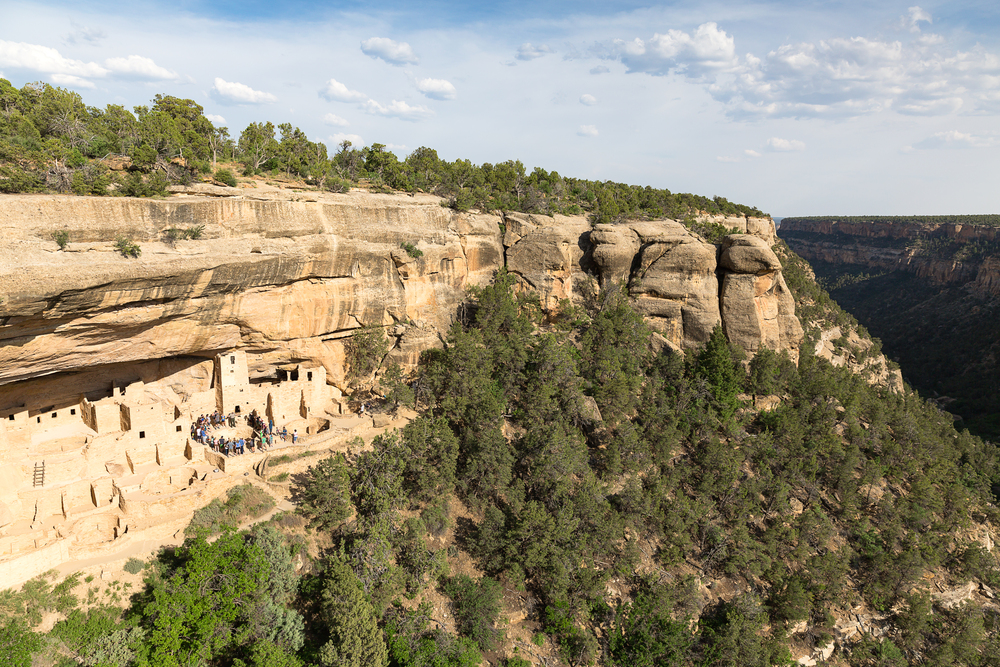
Colorado’s ancient cliff dwellings face ongoing threats from erosion, vegetation encroachment, and the impacts of changing climate patterns. Volunteers work alongside archaeologists documenting wall conditions, removing invasive plants threatening structures, and assisting with stabilization efforts using traditional techniques and materials.
Participants gain access to backcountry sites off-limits to general visitation, learning to “read” the architectural clues that reveal how ancestral Puebloan people thrived in this challenging landscape. Evening programs often include demonstrations of ancient technologies like yucca fiber processing or pottery firing techniques.
Housing in research compounds within the park provides a connection to the site that is impossible for day visitors to experience.
Like Travel Pug’s content? Follow us on MSN.
Biscayne Coral Restoration
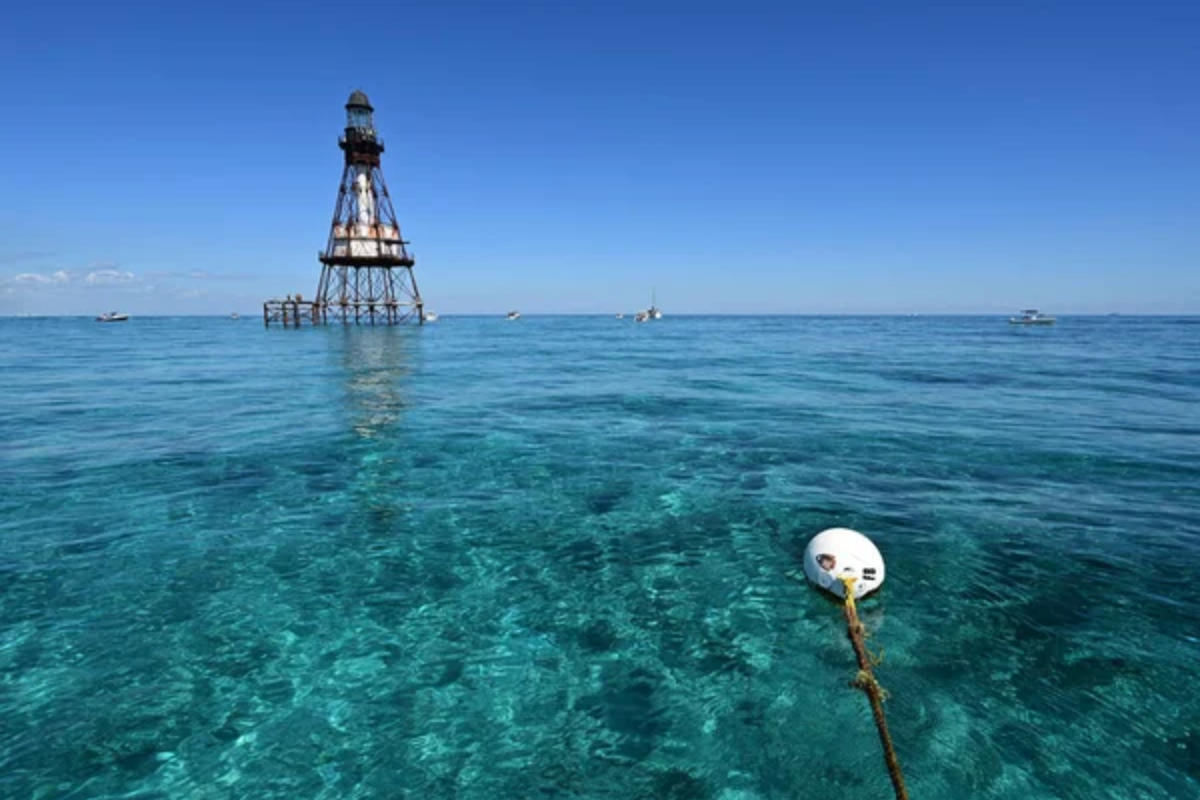
Just minutes from Miami yet underwater, this predominantly marine park protects part of the only living coral reef in the continental United States. Volunteers with scuba certification assist marine biologists with coral nursery maintenance, outplanting cultured corals to damaged reef sections, and monitoring restoration progress.
Non-divers contribute through shoreline habitat improvement and visitor education programs. Work sites include areas normally restricted to protect sensitive marine resources, providing unprecedented access to underwater wilderness.
Participants typically stay in historic Boca Chita Key’s rustic accommodations, experiencing tropical island life within sight of Miami’s skyline yet worlds away from urban distractions.
Grand Teton Wildlife Corridor Protection
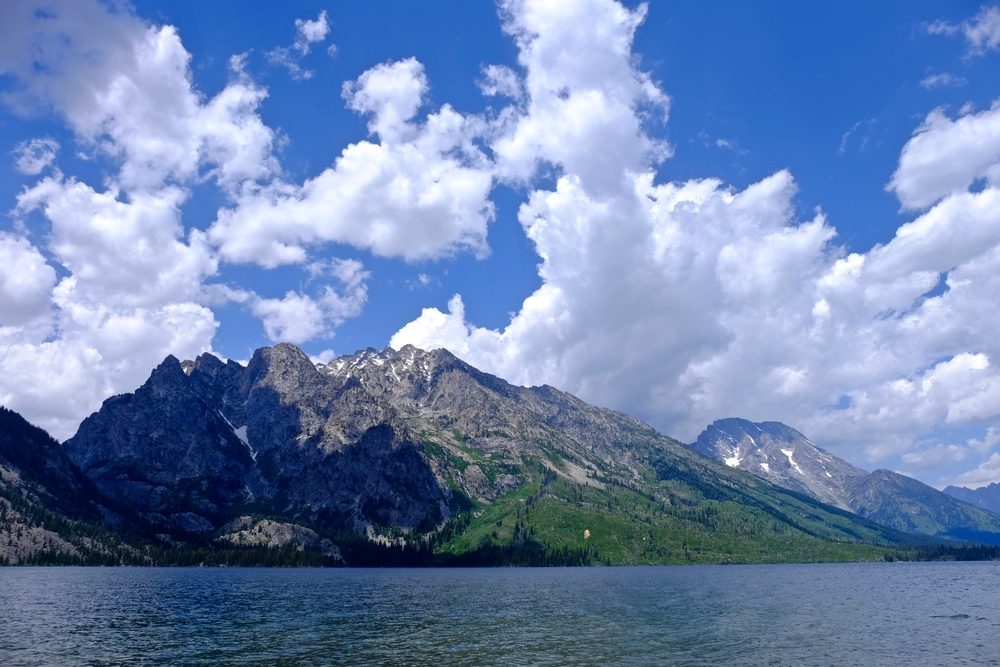
Wyoming’s spectacular mountain range serves as a critical habitat connecting Yellowstone to southern wildlife ranges, yet faces increasing development pressure on adjacent lands. Volunteers assist biologists with wildlife crossing studies—documenting animal movements using tracking, camera traps, and roadkill surveys to identify critical corridor areas.
Work locations include ranch properties recently added to the park, where access remains restricted to research personnel and volunteers. Field days might involve setting camera traps, recording pronghorn migration patterns, or removing obsolete fencing that impedes wildlife movement.
Housing in historic ranch buildings provides comfortable accommodation with grand Teton views and frequent wildlife sightings from the front porch.
Joshua Tree Night Sky Survey
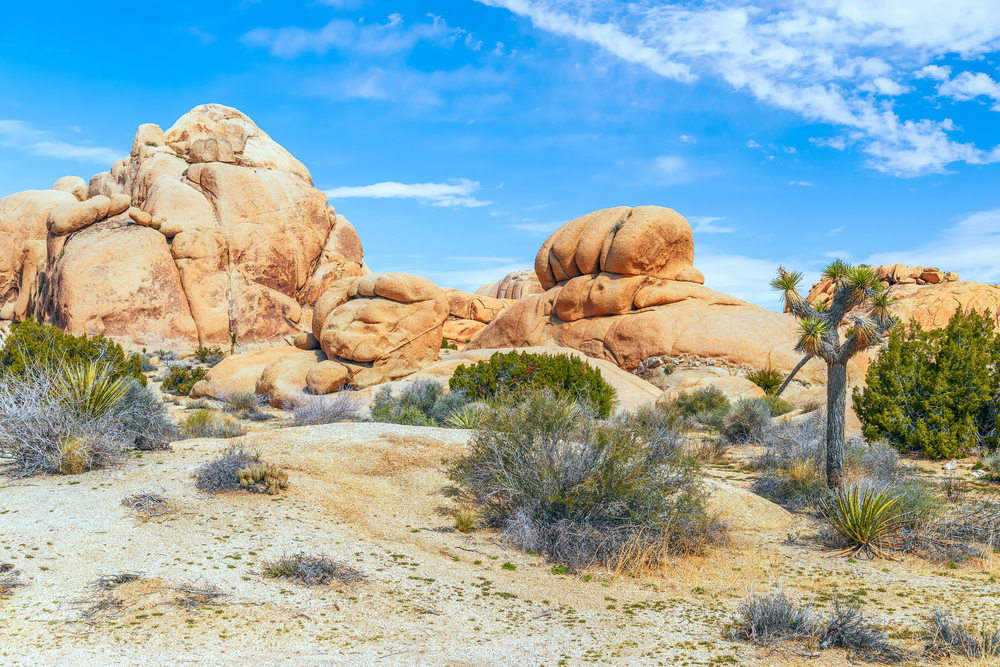
California’s otherworldly desert landscape transforms after dark into one of America’s premier stargazing destinations, yet growing light pollution from surrounding communities threatens this natural resource. Volunteers assist astronomers in mapping light impacts, documenting celestial features, and developing educational materials for visitors about preserving natural darkness.
Work schedules follow astronomical rather than clock time—activities begin at sunset and often continue until dawn, with daytime rest periods. Participants learn astrophotography techniques, constellation identification across seasons, and the ecological importance of natural darkness to desert ecosystems.
Accommodation in vacant park housing puts volunteers in a position to document night skies without travel after dark.
Like Travel Pug’s content? Follow us on MSN.
Glacier Citizen Scientists
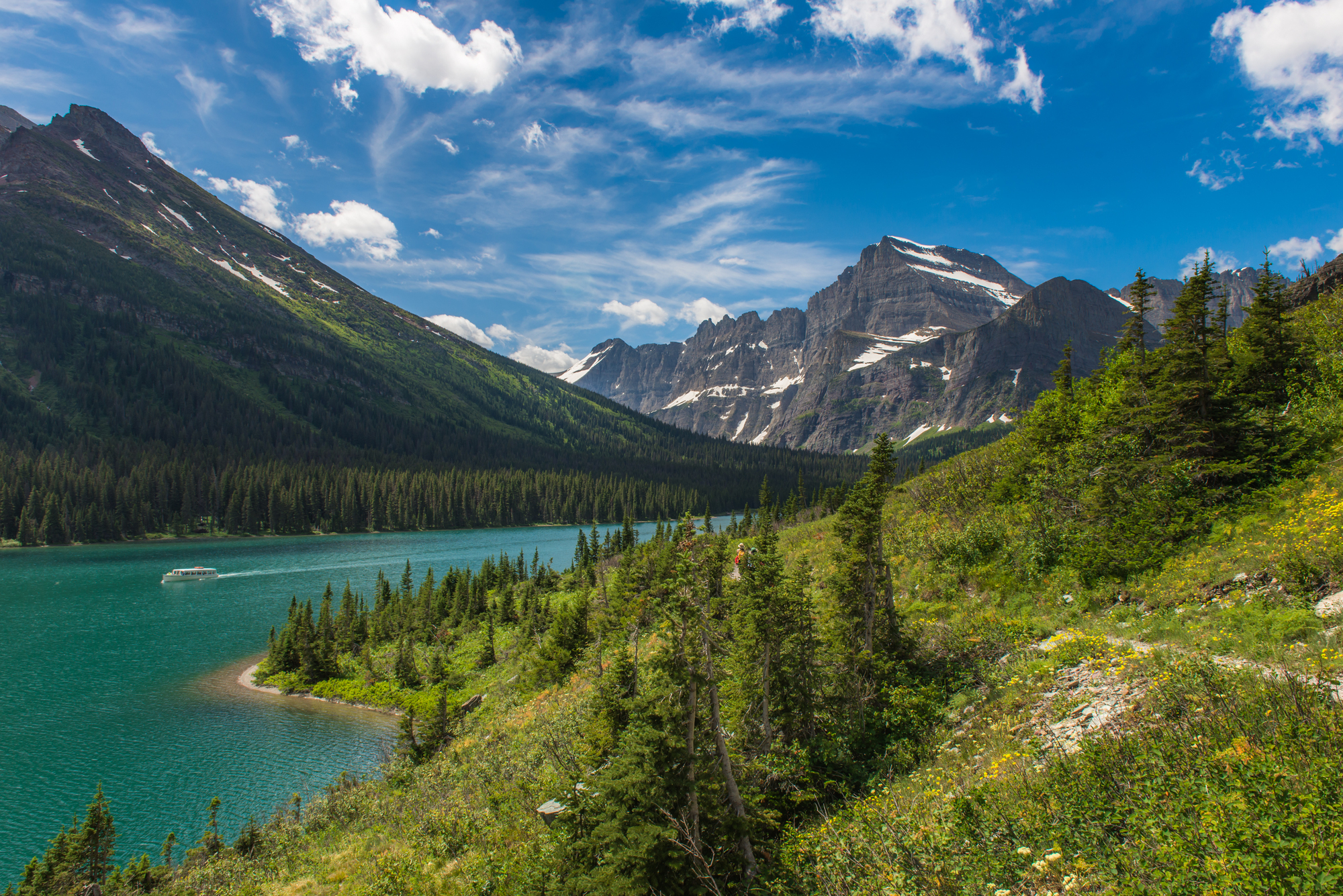
Montana’s crown jewel faces unprecedented changes as its namesake ice features retreat, transforming watersheds, wildlife habitats, and the visitor experience. Volunteers assist researchers in documenting these changes through plant surveys, wildlife monitoring, and visitor use studies that inform management decisions.
Participants hike to remote locations with scientists, collecting data from established plots while learning about alpine ecology and climate dynamics. The program includes training in research protocols, species identification, and wilderness safety appropriate to grizzly country.
Housing options include historic park lodges during shoulder seasons—times when these iconic accommodations would otherwise stand empty before opening to summer crowds.
Preserving Nature Through Service
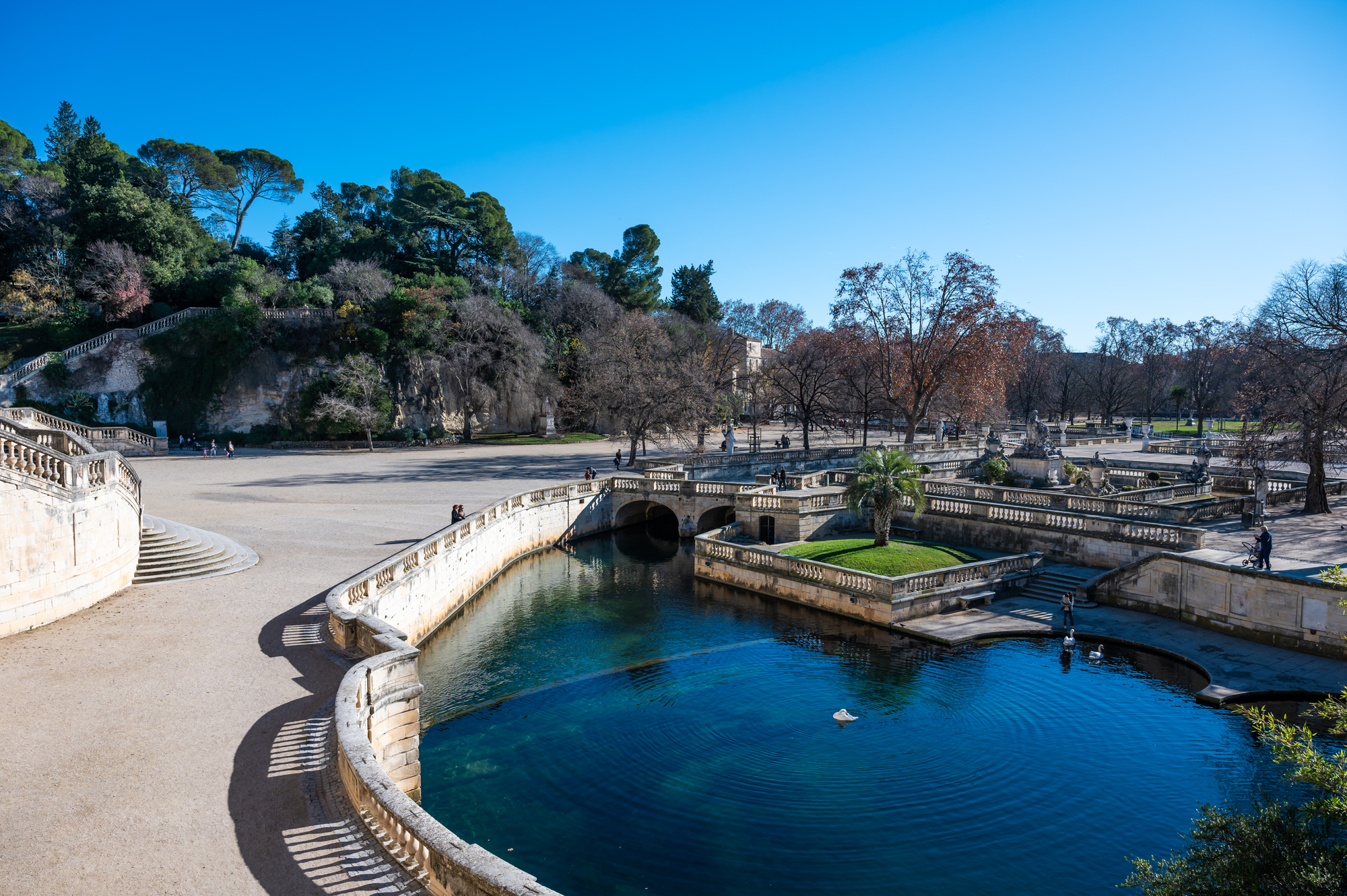
These volunteer vacations represent a fundamental shift in how we experience America’s natural treasures—moving from passive consumption to active participation in their preservation. The work isn’t always easy; days often involve physical labor in challenging conditions.
Yet participants consistently report deeper connections to these landscapes than conventional tourism could ever provide. Beyond the immediate contribution to park preservation, these experiences build environmental literacy and conservation advocacy that extends far beyond the vacation itself.
More from Travel Pug

- Cities Growing so Fast You Won’t Recognize Them in 10 Years
- 13 Destinations Where Tourists Regularly Regret Their Trip
- 16 U.S. Cities That Are Quietly Becoming Travel Hotspots
- Where to Travel If You Love Long Bus Rides and Daydreams
- 20 Cities Perfect for Solo Travelers Who Crave Adventure & Culture
Like Travel Pug’s content? Follow us on MSN.
